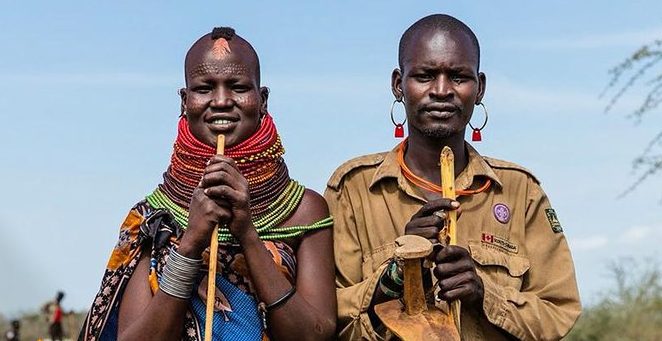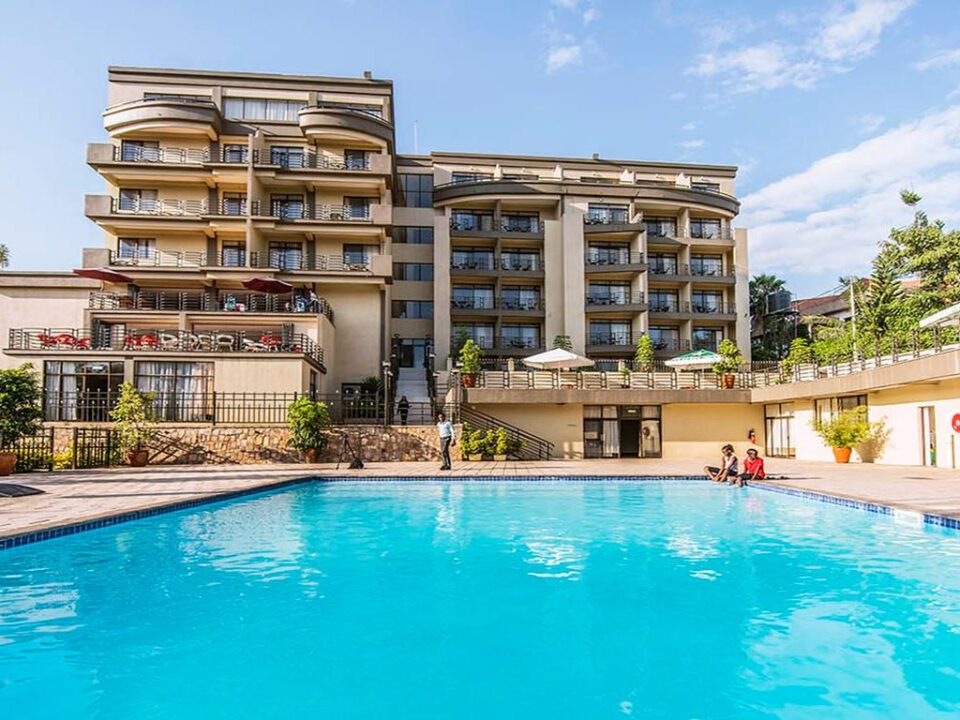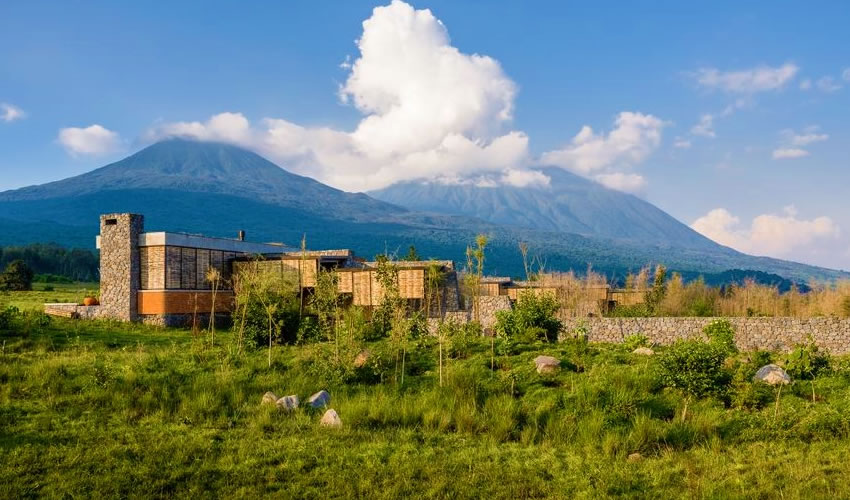- GET IN TOUCH WITH US:
- +256 753518160
- +256 777842166
- info@experiyatourcompany.com

Is Jinja really the adventure capital of East Africa?
November 10, 2025
Can I visit Pian Upe Game Reserve?
November 10, 2025What’s It Like to Visit Karamoja Region?
In the far northeastern corner of Uganda lies a land unlike any other — a region where time seems to move at its own pace, where ancient traditions still shape daily life, and where rugged beauty stretches endlessly across the horizon. This is Karamoja, a vast and captivating area that remains one of Uganda’s most authentic and least-explored destinations. For travelers who seek more than the ordinary — who yearn to connect deeply with culture, nature, and humanity — visiting the Karamoja region is an unforgettable experience.
A Land Apart
Karamoja is one of those rare places that feels both remote and timeless. It is bordered by South Sudan to the north and Kenya’s Turkana region to the east, forming part of a vast semi-arid landscape that extends across East Africa. The region is characterized by golden savannas, distant mountain ranges, and wide skies that seem to go on forever. Yet, what truly defines Karamoja is not just its scenery but its spirit — a combination of resilience, pride, and unbroken cultural identity.
The people of Karamoja, known collectively as the Karamojong, are pastoralists who have maintained their traditional lifestyle for centuries. Cattle play a central role in their culture, serving as a source of wealth, social status, and even marriage dowries. Despite modernization and external influences, the Karamojong continue to live closely connected to their land, herding livestock across the plains and up the rocky hills in search of water and pasture.
The Journey to Karamoja
Reaching Karamoja is part of the adventure. The journey from Kampala takes between eight and ten hours by road, depending on the route. The most common path winds through Mbale and Sipi Falls, climbing through lush green highlands before descending into the drier savannas of the northeast. Along the way, the scenery transforms dramatically — from rolling farmlands to acacia-dotted plains where herds of cattle graze under the sun.
The road trip to Karamoja offers glimpses of Uganda’s incredible diversity. You pass bustling roadside markets, coffee plantations, and eventually enter an environment that feels completely wild. As you approach towns like Moroto, the distant mountains rise sharply from the plains, casting long shadows at sunset. These landscapes are both harsh and breathtaking, a perfect backdrop for the region’s ancient way of life.
First Impressions of Moroto
Moroto, the regional capital, is the gateway to Karamoja. It’s a small but growing town that combines the rugged charm of the frontier with the energy of a community on the rise. Here, red dust roads wind through clusters of shops, markets, and homesteads, and the surrounding Mount Moroto stands as a constant, commanding presence.
Many travelers base themselves in Moroto before exploring the surrounding areas. Lodges and cultural camps offer comfortable accommodation while keeping visitors close to the authentic rhythms of local life. In the evenings, you can hear traditional songs echoing from nearby villages or see young herders guiding their cattle back from the pastures as the sun dips below the horizon.
The Karamojong People – Guardians of Tradition
Meeting the Karamojong is one of the most enriching cultural encounters in Uganda. They are a proud and hospitable people, known for their colorful attire, beaded jewelry, and strong sense of community. The men often wear a shuka (similar to the Maasai) draped around their shoulders, while women adorn themselves with layers of vibrant beads around their necks and arms.
Visitors can take part in cultural tours that introduce them to the daily life of the Karamojong. These tours typically include visiting manyattas (traditional homesteads), where you learn about how huts are built using mud and thatch, how livestock is managed, and how social structures revolve around the herding lifestyle. The Karamojong’s way of life is rooted in harmony with nature — every decision, from migration patterns to food preparation, is influenced by the seasons and the welfare of their animals.
Evenings in the villages are magical. As fires are lit, elders share stories of the past — tales of migration, cattle raids, and the origins of their customs. Drumming and dancing often follow, with the rhythmic stamping of feet and chanting that seem to connect the earth and sky. It’s not a performance for tourists, but a living expression of identity.
Adventure and Nature in Karamoja
Beyond its culture, Karamoja offers incredible opportunities for adventure and exploration. The region’s dramatic terrain makes it a paradise for hikers and nature lovers who crave off-the-beaten-path experiences.
Mount Moroto, which towers at 3,083 meters, is the most accessible of Karamoja’s mountain ranges. Guided hikes lead through dry riverbeds, forested slopes, and rocky ridges to panoramic viewpoints overlooking the plains. Along the way, hikers often encounter birds, monkeys, and occasionally small antelope. The mountain’s cooler climate provides a refreshing contrast to the heat of the lowlands.
Further north, Mount Kadam and Mount Napak offer more challenging treks, rewarding adventurers with raw, untouched beauty. The views from these summits stretch across Uganda and into Kenya, a reminder of how vast and interconnected this landscape is.
For wildlife enthusiasts, Kidepo Valley National Park, located at the northern edge of Karamoja, is one of Africa’s last true wildernesses. Though remote, it’s worth the journey. The park’s sweeping savannas are home to lions, elephants, giraffes, buffaloes, and cheetahs, all set against a backdrop of rugged mountains. For photographers, sunrise and sunset in Kidepo create unforgettable images — herds moving through golden light and silhouettes of acacia trees against fiery skies.
The Rhythm of Life
Life in Karamoja moves to its own rhythm — dictated by the seasons, the sun, and the needs of the community. During the dry months, herders move their cattle to distant grazing grounds, while the rainy season brings renewal, with green pastures and blossoming acacias. Visitors often find themselves drawn into this rhythm, waking early to watch the sunrise over the plains, spending days walking among villages or hiking in the hills, and ending evenings around fires under starlit skies.
The beauty of Karamoja lies in its simplicity. It’s a place where modern noise fades away and where you reconnect with the essentials — land, people, and purpose. There’s a quiet strength here, a sense of continuity that feels grounding and timeless.
Responsible Travel and Cultural Respect
Karamoja remains one of the least commercialized regions in Uganda, and this is part of its charm. However, it also means that tourism here should be approached with sensitivity and respect. Travelers are encouraged to engage with local guides and community-based organizations that ensure tourism benefits the people directly. Buying local crafts, paying fair prices for cultural experiences, and asking permission before taking photographs are small but meaningful ways to show respect.
When done responsibly, visiting Karamoja contributes to sustainable development and helps preserve the region’s cultural heritage. Many lodges and tour operators now collaborate with Karamojong communities to provide authentic, ethical tourism experiences — a model that both enriches visitors and empowers locals.
The Unexpected Hospitality
One of the most striking aspects of traveling in Karamoja is the warmth and openness of the people. Despite stereotypes that have long painted the region as harsh or dangerous, visitors often find themselves welcomed with genuine curiosity and kindness. Sharing a meal of millet bread or fresh milk, laughing with children, or learning traditional dances bridges the gap between worlds in a way that feels deeply human.
It’s this connection that travelers remember most — the realization that adventure is not just about landscapes or wildlife but about understanding lives different from our own. Karamoja’s people may live in a challenging environment, but their spirit, resilience, and pride make them among the most inspiring communities to meet in East Africa.
When to Visit Karamoja
The best time to visit Karamoja is during the dry season, from December to March and again from June to August. During these months, roads are more accessible, and outdoor activities such as hiking and cultural visits are easier to plan. The rainy season (April–May and September–November) transforms the landscape into a lush green expanse, which is beautiful for photography but can make travel more challenging due to muddy roads.
Travelers should bring lightweight clothing, sturdy shoes for walking or hiking, sunscreen, and plenty of water. While accommodations in the region are more limited than in Uganda’s major tourist areas, several eco-lodges and cultural camps provide comfort and character — blending modern amenities with traditional hospitality.
Why Karamoja is Worth the Journey
Visiting Karamoja is not about ticking off a checklist of attractions — it’s about immersing yourself in a way of life that remains beautifully intact. It’s about standing on a mountain ridge with the wind in your face, hearing the bells of cattle echo across the plains, and realizing that you are in a place where culture, land, and spirit remain one.
For travelers seeking authenticity, Karamoja is one of the last frontiers of true adventure in Uganda. It challenges your perceptions, deepens your understanding, and leaves you with memories that linger long after you leave.
Book Your Karamoja Adventure with Experiya Tour Company
If you’re ready to explore the untamed beauty and cultural richness of Uganda’s Karamoja region, let Experiya Tour Company guide your journey. With their deep local expertise, ethical travel philosophy, and customized itineraries, Experiya ensures that your trip is immersive, respectful, and unforgettable.
From cultural village experiences and mountain hikes to safaris in nearby Kidepo Valley National Park, Experiya designs tours that highlight the best of Karamoja while supporting local communities. Their knowledgeable guides will introduce you to the traditions, stories, and landscapes that make this region so special.
Book your Karamoja adventure with Experiya Tour Company and discover Uganda’s hidden frontier — a place where nature, culture, and adventure come together in harmony, waiting to share their timeless story with you.




